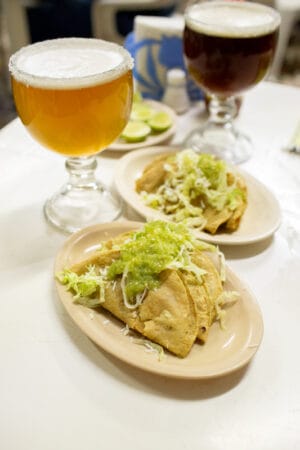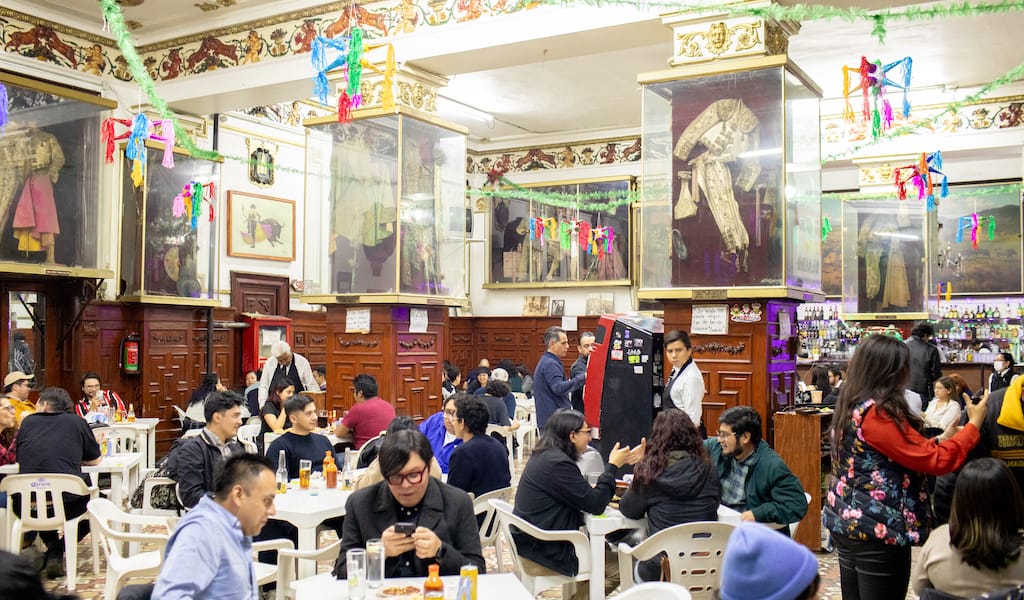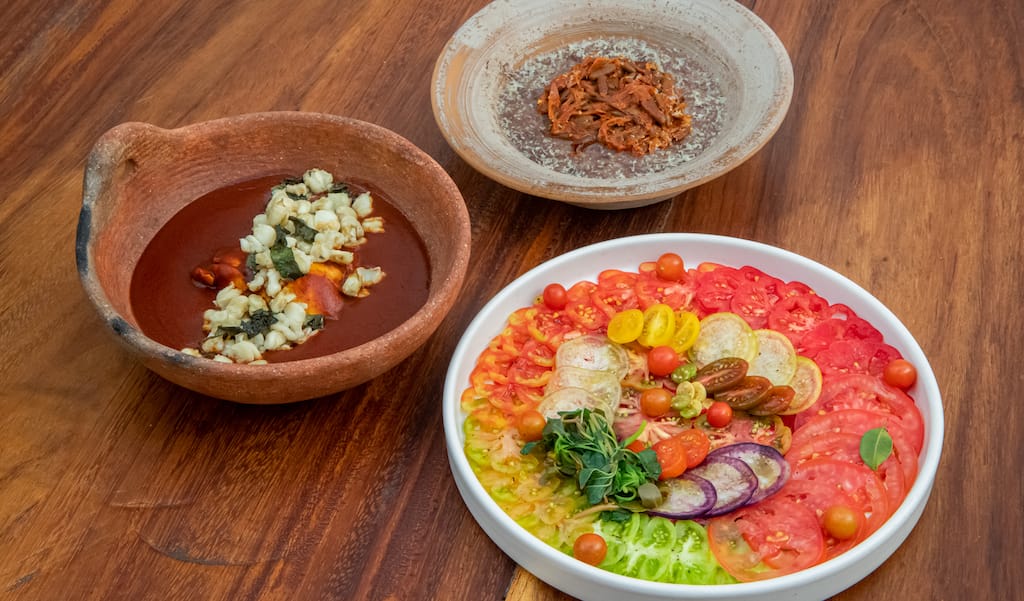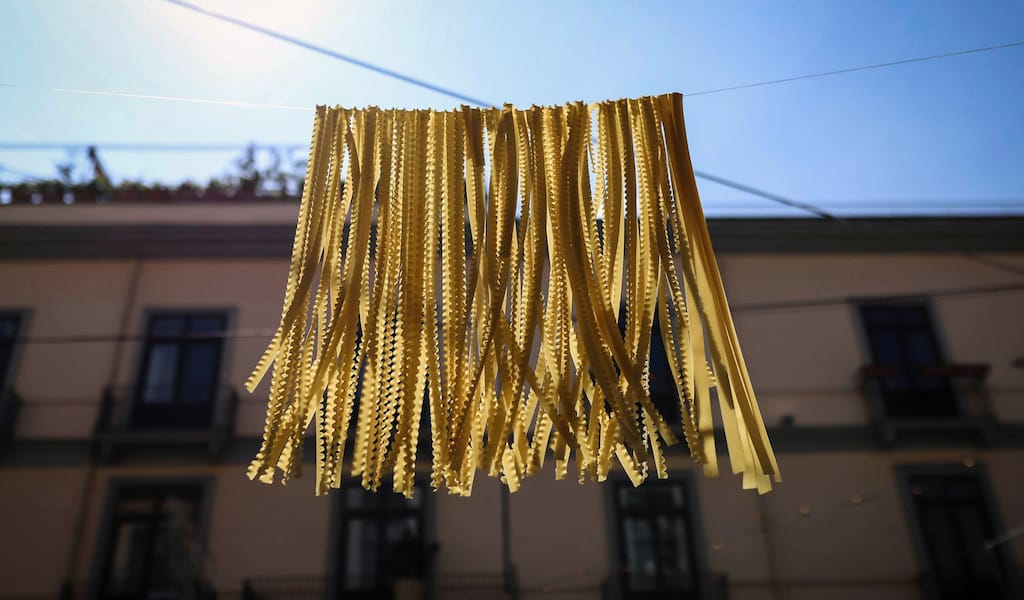From the point in 2002 when multibillionaire Carlos Slim inked a deal with Mexico City to revitalize its historic center until now, there have been layers of change. Streets were made pedestrian-only after months of work by bulldozers and jackhammers. Broken windows and abandoned buildings have been replaced with countless new shop fronts offering shiny opportunities.
Despite the strictures of tough legal bulwarks against eviction, a wave of economic change has swept the city’s center, spray-brushing away signs of endemic poverty in ironic lockstep with scheduled protests by social-justice movements ranked by those who casually grab a bite after the march. Crowds are swelling along the planned corridors.

We find ourselves as foreigners becoming less foreign over the years but perhaps more estranged, and one must wonder how some of our more beloved establishments survive at all. The situation deserves a step backward – a reassessment of where we have come.

Sometimes we benefit from a familiar face, a familiar jukebox or just some soup and freebie enchiladas and cold beer.
The entrance to La Faena on Venustiano Carranza, downtown just a couple dozen meters from Bolívar, mixes well with the Spanish- and French-inspired avenues of the Centro Histórico. Its dimly lit entrance with flickering phosphorescent lights deters less intrepid visitors. Dingy but warm, La Faena is a conversation-starting getaway from the tourists and noise and a place for a decent bite to eat before heading out again.
There are varying histories surrounding the restaurant. The building itself was once the Palacio del Marqués de Selva Nevada (“Palace of the Marquis of the Snowy Forest”), completed in 1753. It has since undergone a number of transitions, becoming for a while the Hotel Mancera in the late 19th and early 20th centuries. In the 1930s, the hotel bars became hangouts for anti-Franco forces escaping the Spanish Civil War under then-President Lázaro Cárdenas’s outspoken policy welcoming refugees from that conflict, which was eventually lost to fascist forces. Eventually, the hotel shut down and the two remaining bars became entities unto themselves: the posh Hotel Mancera, a Centro staple, and the less known but more underground-friendly cantina La Faena, which opened as such in 1959.

There are still many cantinas scattered across the Centro that have signs over the doors or to the side expressly saying that women are not allowed. But these signs are now ignored and serve more as signposts to times gone by. Coincidentally, La Faena is not one of these, given the time it opened. When this gatekeeper policy changed in the 20th century, it was a major advance in women’s liberation, enabling women to be able to come in with male friends or other women and sit down to order a drink.
In 1959, Spanish bullfighting culture was all the rage, as was socialism. Sitting between smoke-glazed walls on plastic chairs in La Faena’s current incarnation, we imagine macho bullfighters coming together, surrounded by paintings and life-size tableaus depicting toreadors (some of whom are set in oddly homoerotic poses) in the early 1960s, when the world was about to change.

Still waiting tables after 56 years, Don Juan Ponce Sánchez told us the bullfighters’ union once resided just around the corner. From there, friends, get-togethers and word of mouth kept the place going as it elevated itself to cult status.
Sit down for a drink – draft beer runs 35 pesos (about US$2.50) for a bola (double beer in a round glass). Order one, and with patience come freebie quesadillas with shredded white cheese and tomatillo green sauce. Or ask for seasoned peanuts or deep-fried, gluten-based (yes, gluten) “pigskin” chips.

There is a heavy dedication to chicken and beef fare, but go with the seafood options, such as the “Vuelva a la Vida” (130 pesos or US$7.60) – literally, “back to life” – a Mexican hangover cure based on squid, shrimp, ketchup and spices. There’s also squid ceviche or just a straight-up Veracruz-style fish fillet, with its eyes on display.

While there are other options, we’re happy with soup; lately, we’ve been enjoying the sopa Azteca. “Aztec soup” is the Mexican equivalent to American apple pie in cultural trade, with uncountable restaurants hawking their own versions. Called tortilla soup stateside, it consists of a basic chili- and oil-infused broth. The distinctions often lie in whether everything is added kitchen-side or whether the diners are given side bowls with the garnishes to make their own – our personal preference and one La Faena supports. The soup often contains chicken, which is always cooked into the soup, as are usually, but not always, strips of pre-crisped corn tortilla strips or blocks. However, there are alterations of cooked-in or crushed-and-added guajillo chili, pea-sized cubes of queso blanco and all manner of avocado cuts and cubes (the latter, in La Faena’s case), whisked in some combination of the diner’s choosing with a plain-old spoon.
Not into it, or feeling a cold coming on? Try the oh-so-tasty sopa de ajo con huevo (garlic and egg soup). It will make your heart warm and your loved one request that you sleep on the couch tonight – the perfect foil.
 April 18, 2022 Levadura de Olla
April 18, 2022 Levadura de Olla
Standing behind the smoke veil rising from the hot clay griddle, Thalía Barrios Garcia […] Posted in Oaxaca March 13, 2020 Coronavirus Diary
March 13, 2020 Coronavirus Diary
Thursday, March 12, 11 a.m. My butt muscles start to hurt. I’ve been sitting for too […] Posted in Naples November 19, 2018 Clandestine No More
November 19, 2018 Clandestine No More
Most European capital cities have a Chinatown, and Lisbon is no different. In the 1980s […] Posted in Lisbon
Published on December 30, 2015
Related stories
April 18, 2022
OaxacaStanding behind the smoke veil rising from the hot clay griddle, Thalía Barrios Garcia roasts dozens of tomatoes of all shades of red with the confidence of a woman who has her future in her own hands. At the early age of 26, Thalía is the owner and head cook of Levadura de Olla, one…
March 13, 2020
NaplesThursday, March 12, 11 a.m. My butt muscles start to hurt. I’ve been sitting for too many days, testing the resistance of Italian sofas (a small spot of national pride at a time when the rest of the world is scared of Italy). It is the fifth day of being confined indoors. We are following…
November 19, 2018
LisbonMost European capital cities have a Chinatown, and Lisbon is no different. In the 1980s many immigrants from the Zhejiang province, on China’s eastern coast, made downtown Mouraria their home; the wave of newcomers remained steady and eventually peaked in the 2000s. As the first generation grows up, their family businesses are leaving indelible marks…























































































